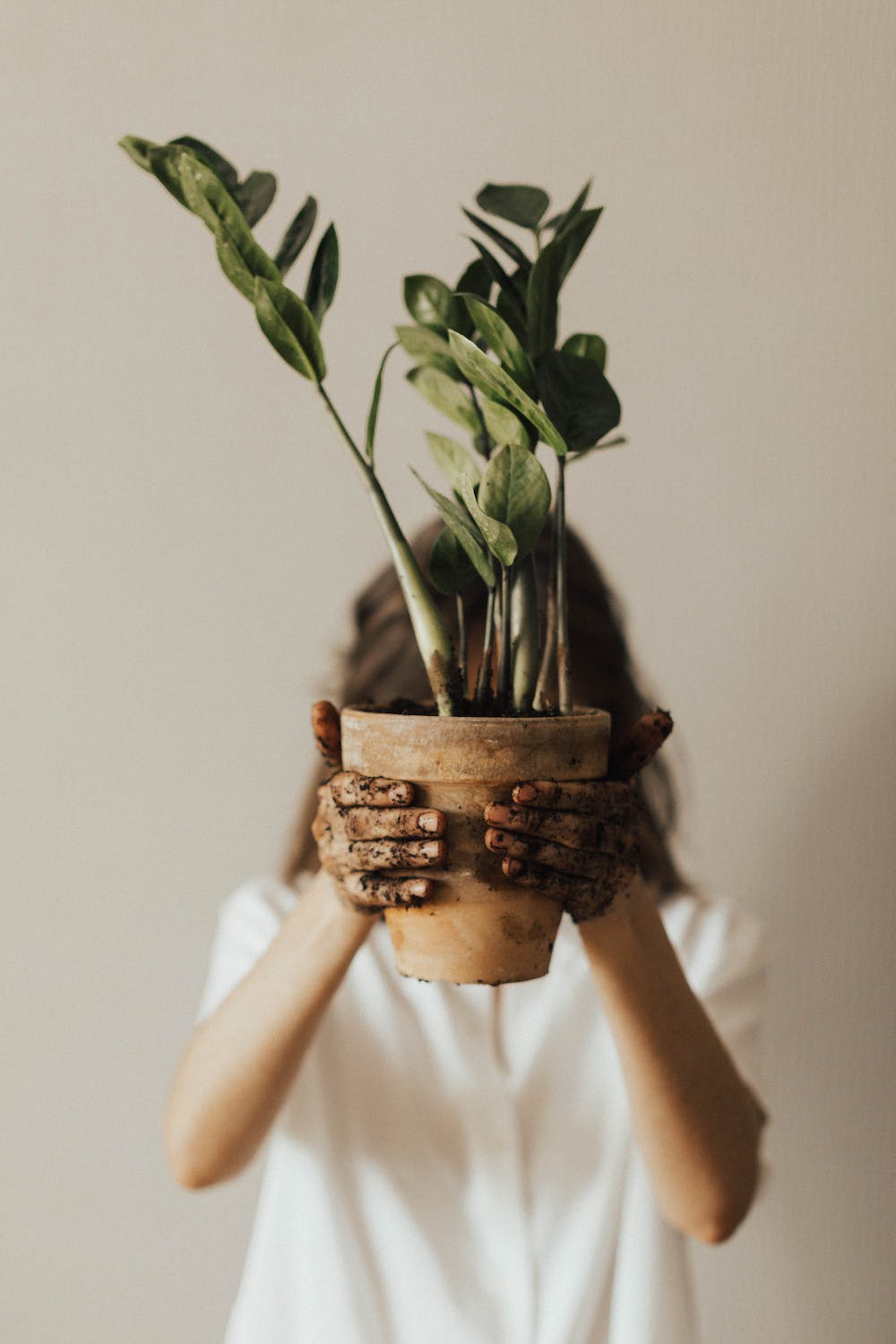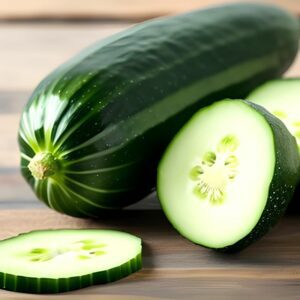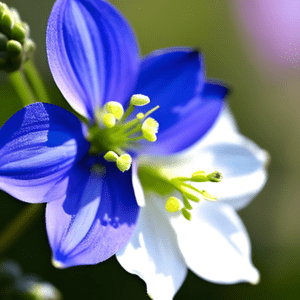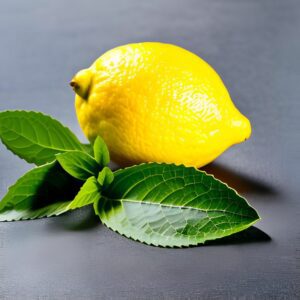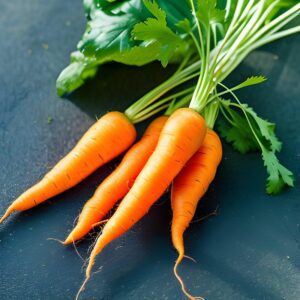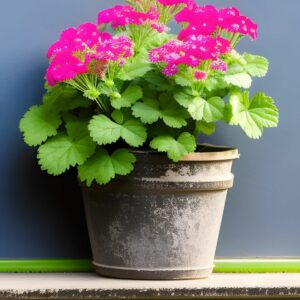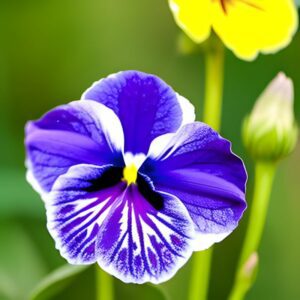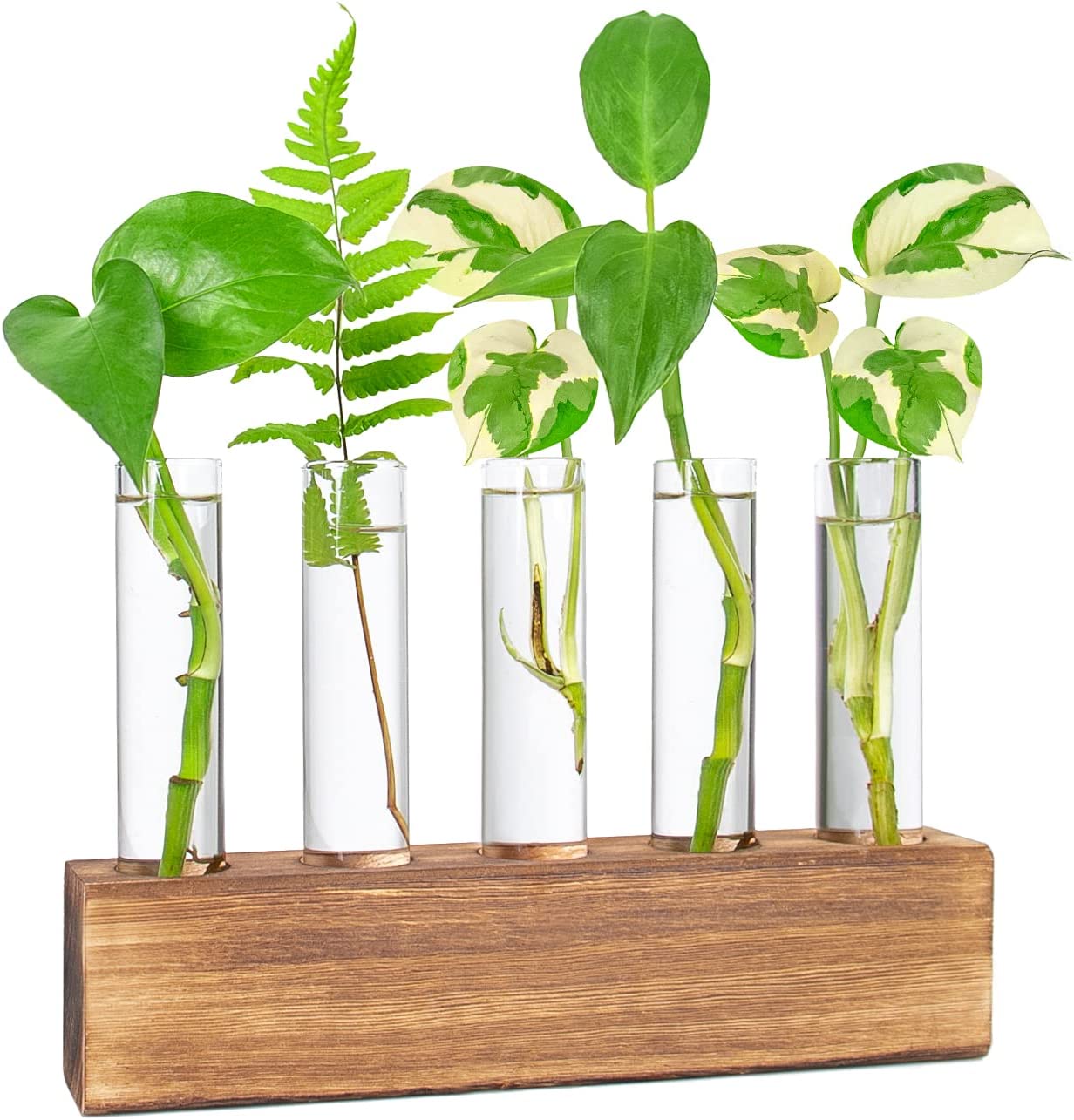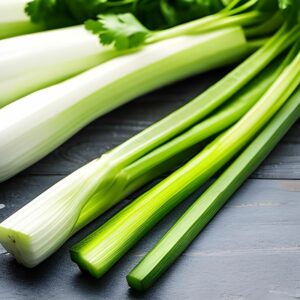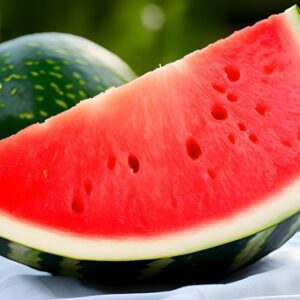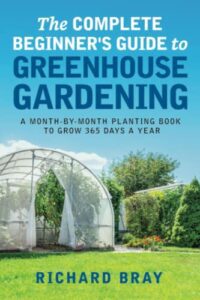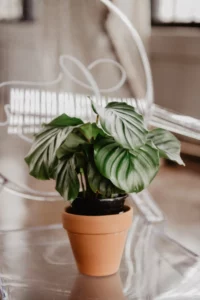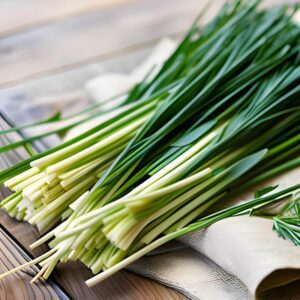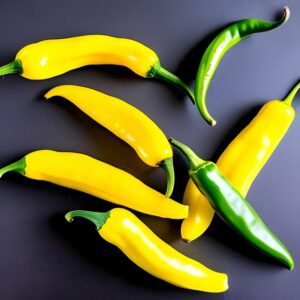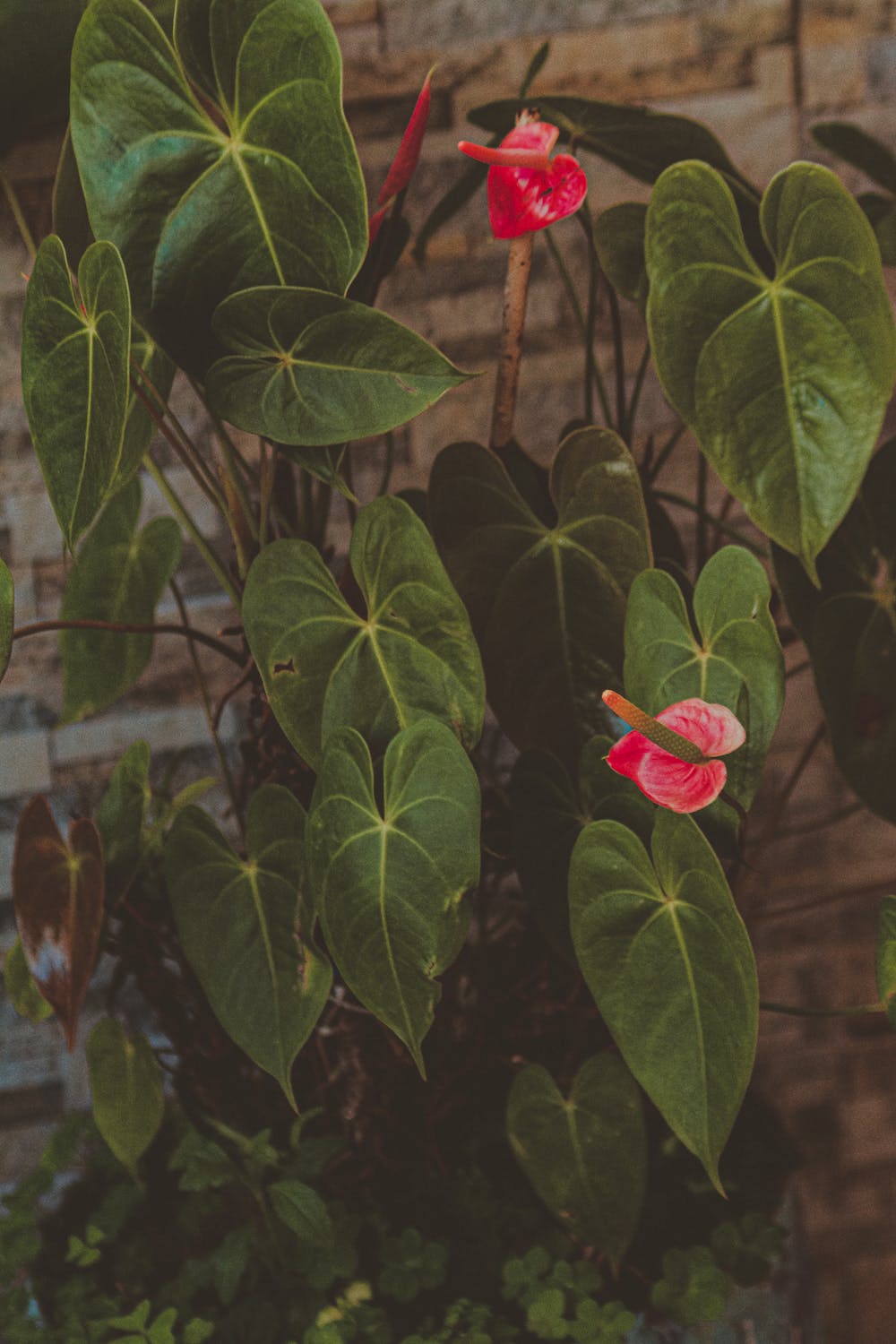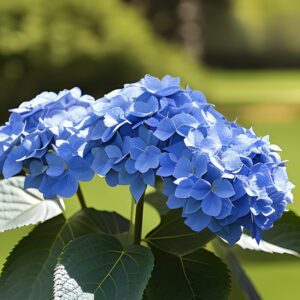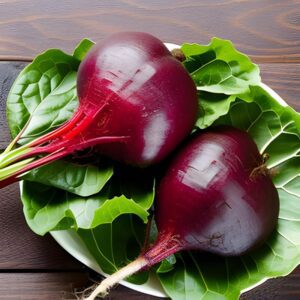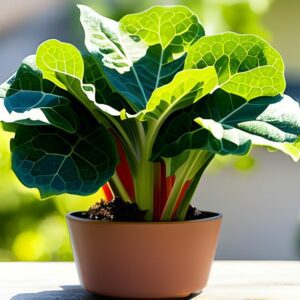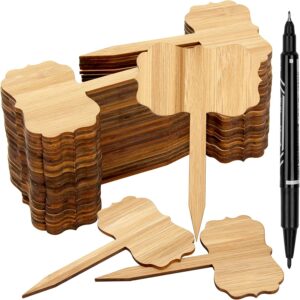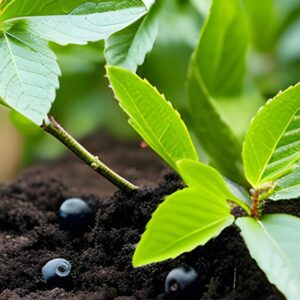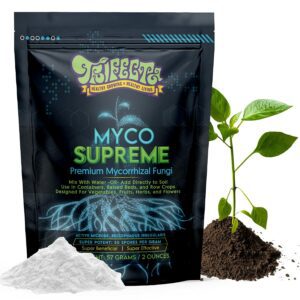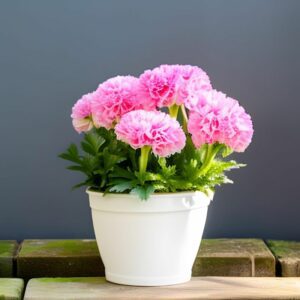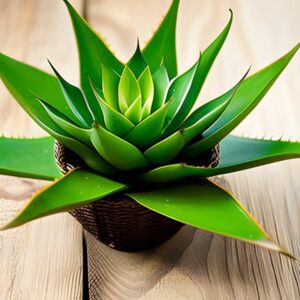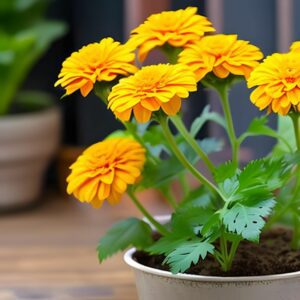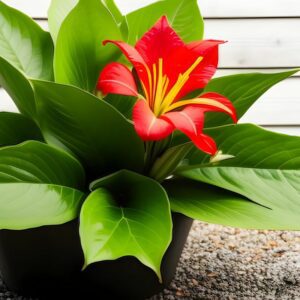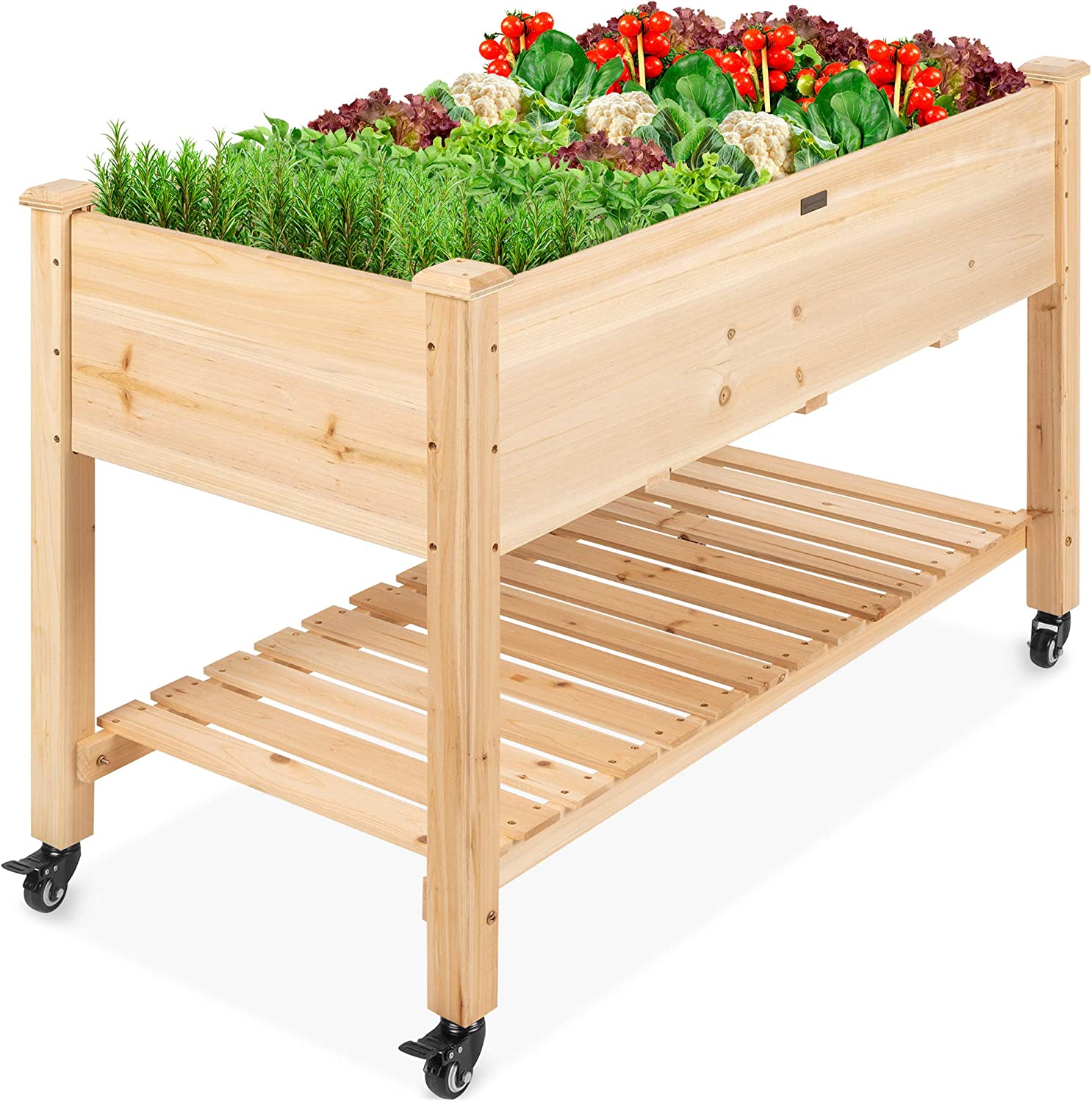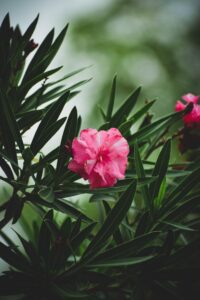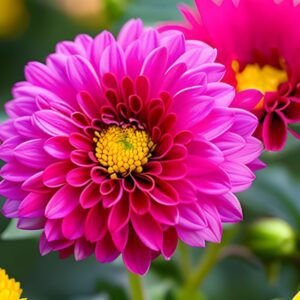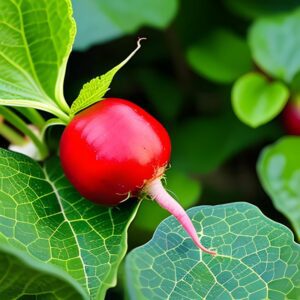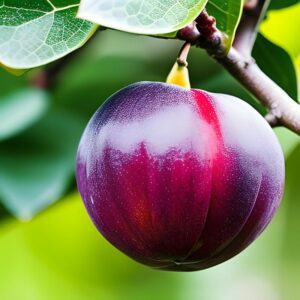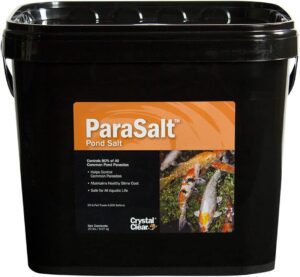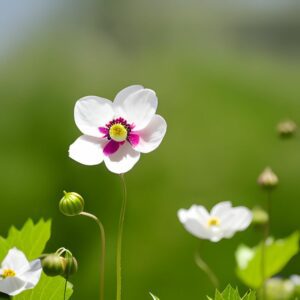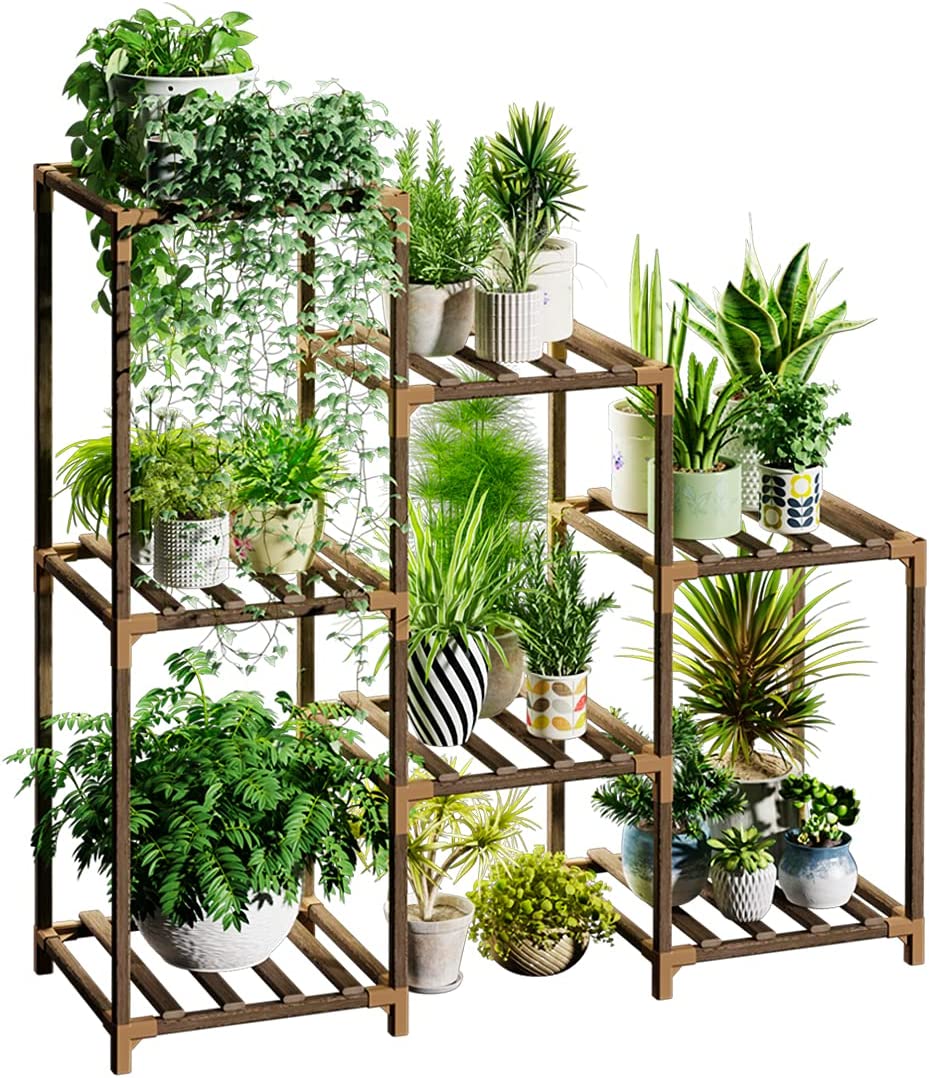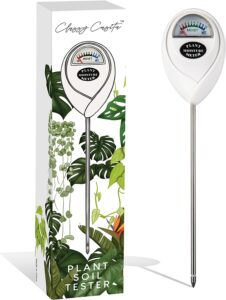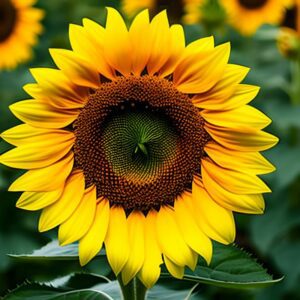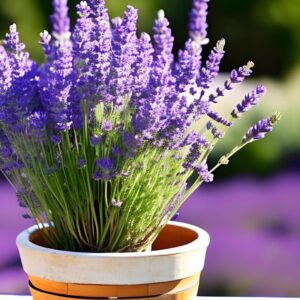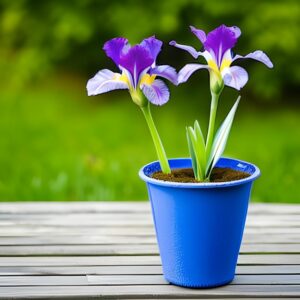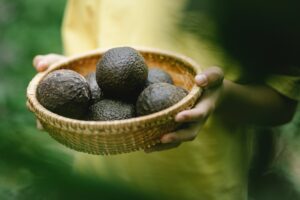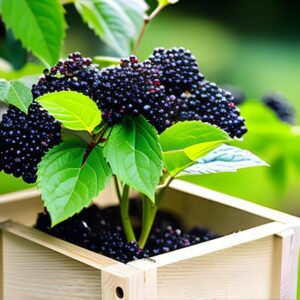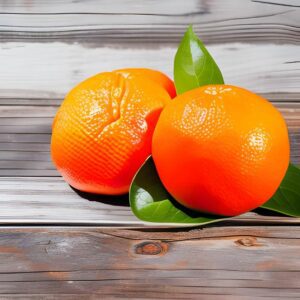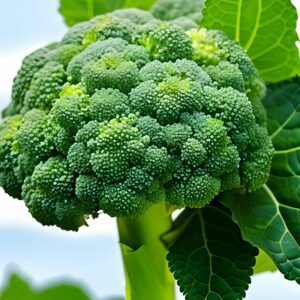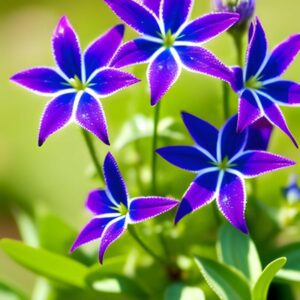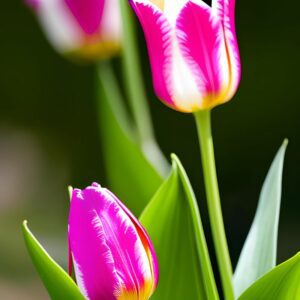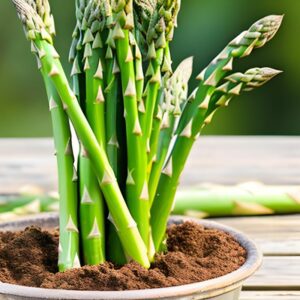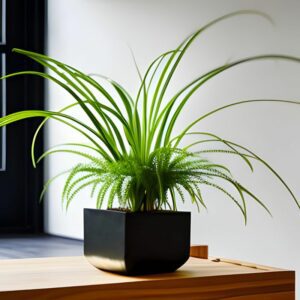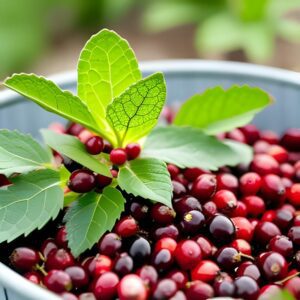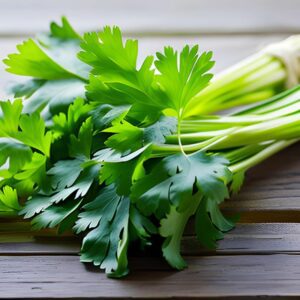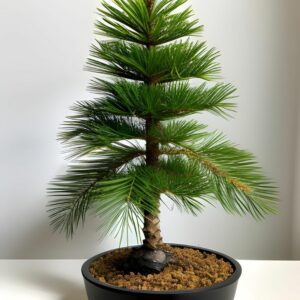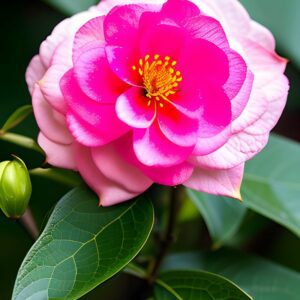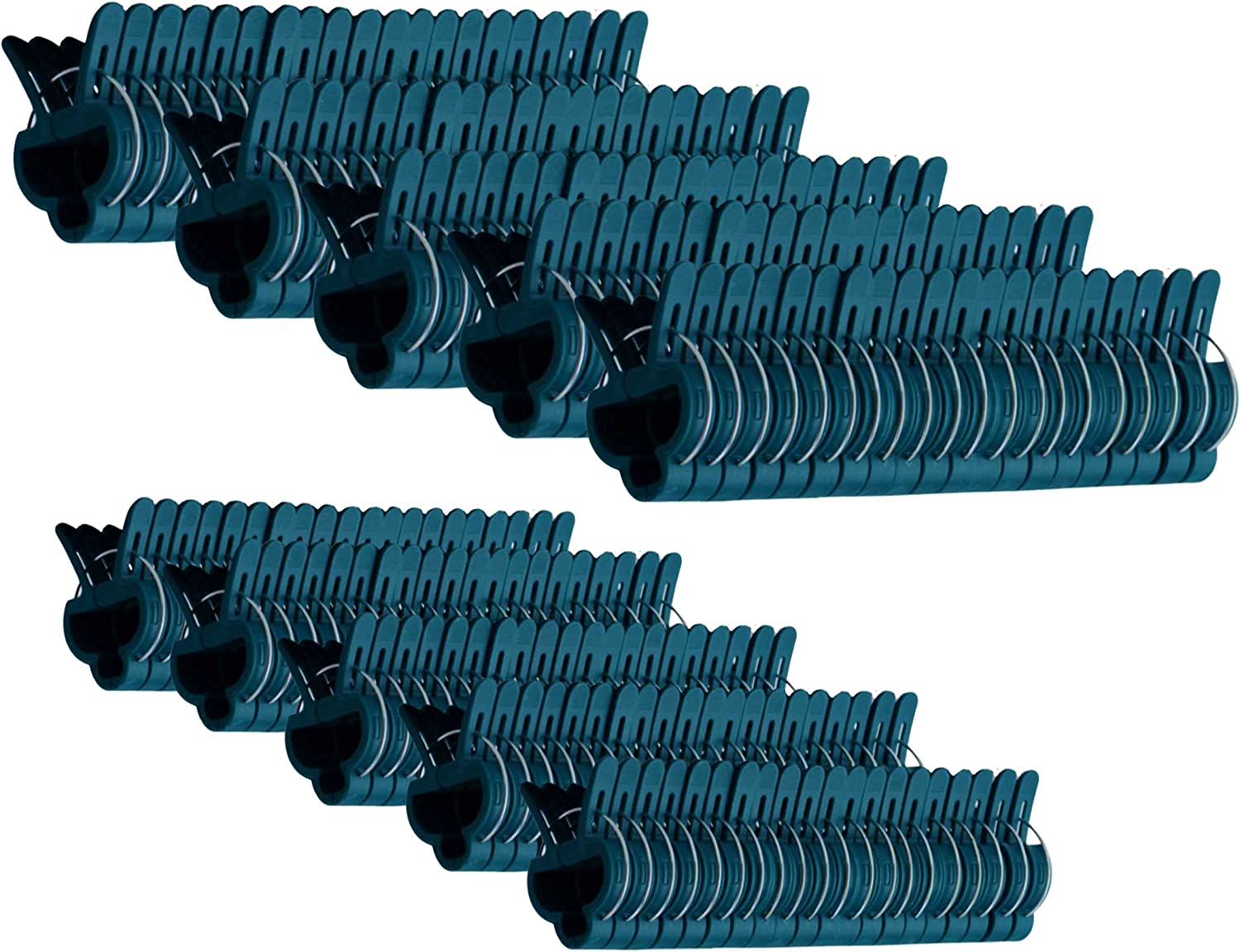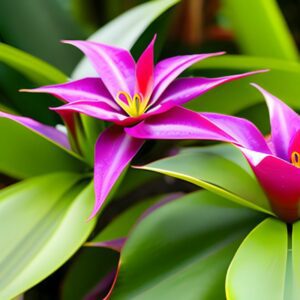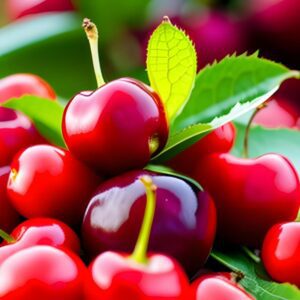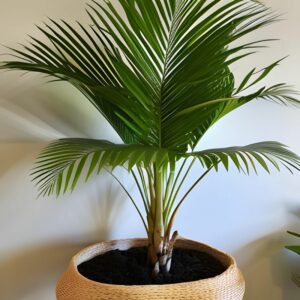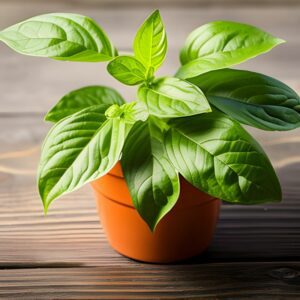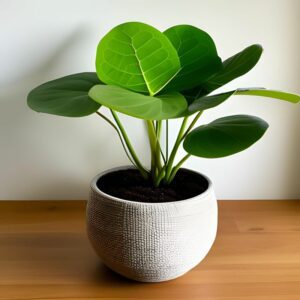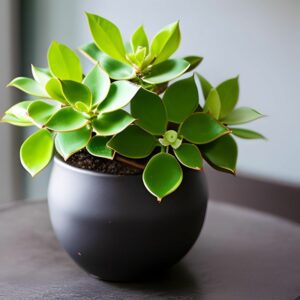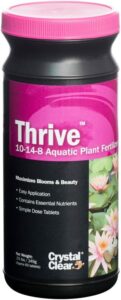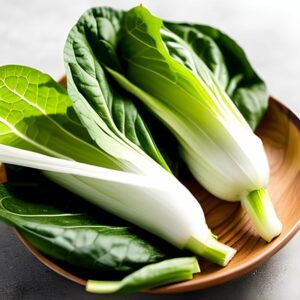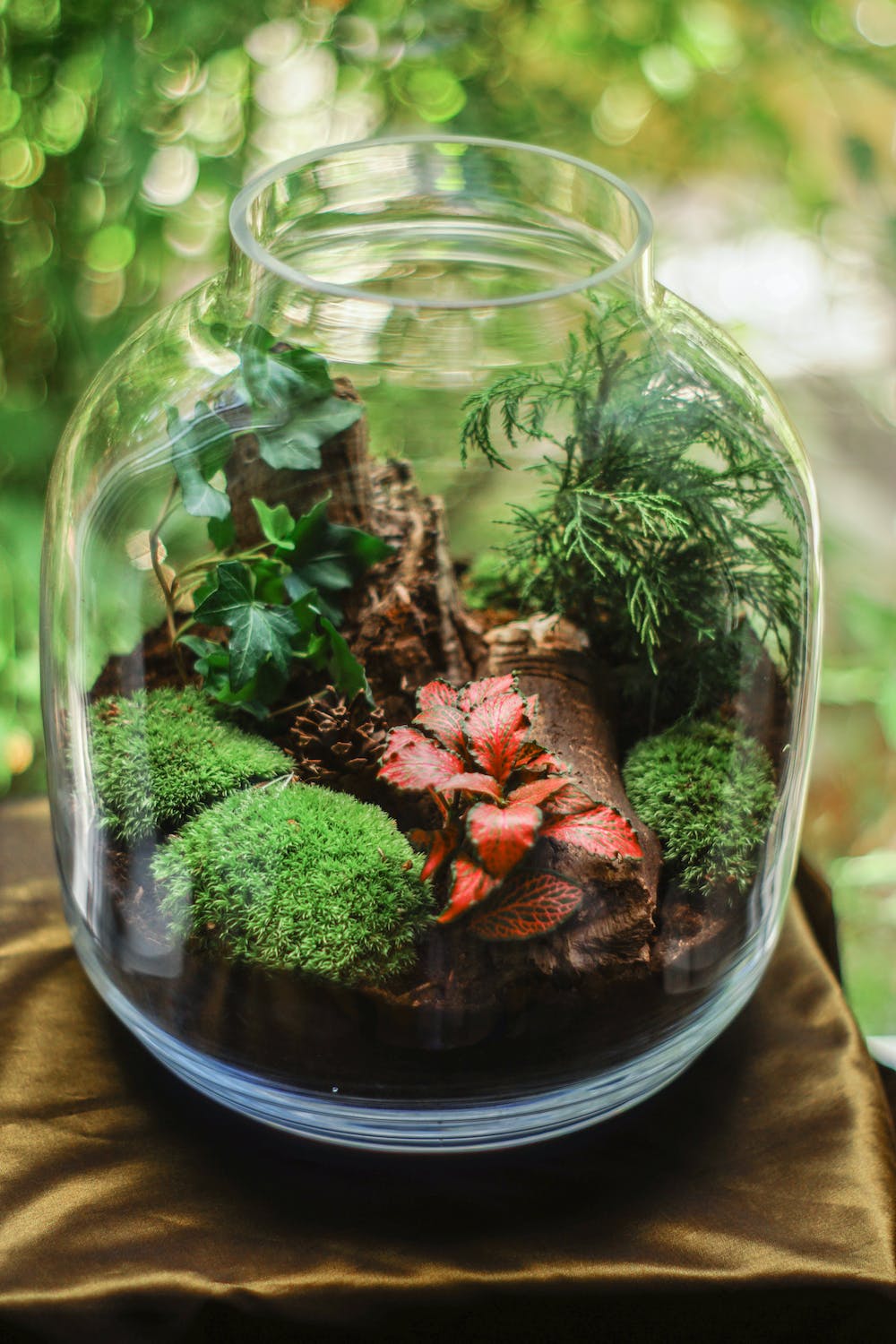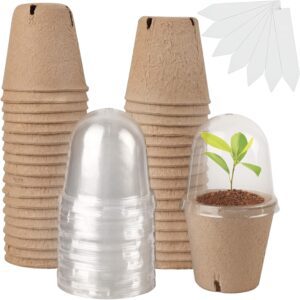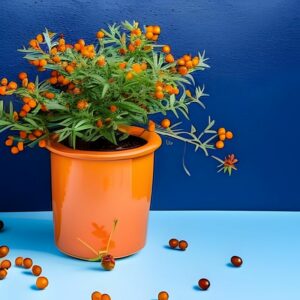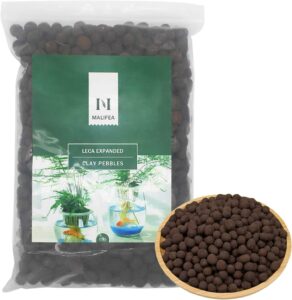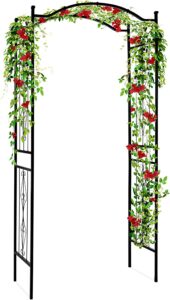Mint
Herbs
- Europe & Asia
- Easy
- 8-12 Weeks
Introduction
Mint plant is a popular herb known for its refreshing fragrance and culinary uses. It originated in Europe and Asia and is widely cultivated for its aromatic leaves. It can be used in cooking, teas, and various household products.
Plant Characteristics
Mint plant is a leafy herb with a spreading growth habit. It typically grows up to 1-2 feet in height and produces small, fragrant leaves. Some varieties have a slight hint of purple or green coloration.
Ideal Growing Conditions
Mint prefers full or partial sun, with well-draining soil that is rich in organic matter. It thrives in moderate temperatures and prefers slightly moist conditions. It can be grown in containers or directly in the ground.
Planting Guide
Plant mint in spring or early summer after the last frost has passed. Choose a location with sufficient sunlight. Plant mint seedlings or stem cuttings about 12 inches apart. Place the roots just below the soil surface and firm the soil gently around them.
Watering and Fertilizing
Keep the soil consistently moist but not waterlogged. Water the plant whenever the top inch of soil feels dry. Fertilize mint every 4-6 weeks with a balanced organic fertilizer.
Pruning and Maintenance
Regularly trim back the stems to encourage bushier growth and prevent legginess. Remove any yellow or wilted leaves. Keep an eye out for pests like aphids and caterpillars.
Harvesting or Flowering
Harvest mint leaves as needed once the plant reaches a height of 6-8 inches. Pinch off the leaves near the stem to encourage new growth. Mint produces small flowers in summer, but it’s best to harvest the leaves before flowering for the fullest flavor.
Post-Harvest Care
After harvesting, wash the leaves and store them in a plastic bag in the refrigerator. Alternatively, you can freeze mint leaves for later use. If growing mint outdoors, protect the plant from frost during winter months.
Troubleshooting
Mint can be susceptible to fungal diseases like powdery mildew or root rot. Ensure proper air circulation and avoid overwatering. If pests are an issue, use organic insecticidal soap or introduce beneficial insects like ladybugs.
Fun Facts
Mint is known for its ability to repel certain insects, making it a useful companion plant in gardens. Additionally, it has been used for centuries for its medicinal properties, such as soothing indigestion and relieving headaches.





